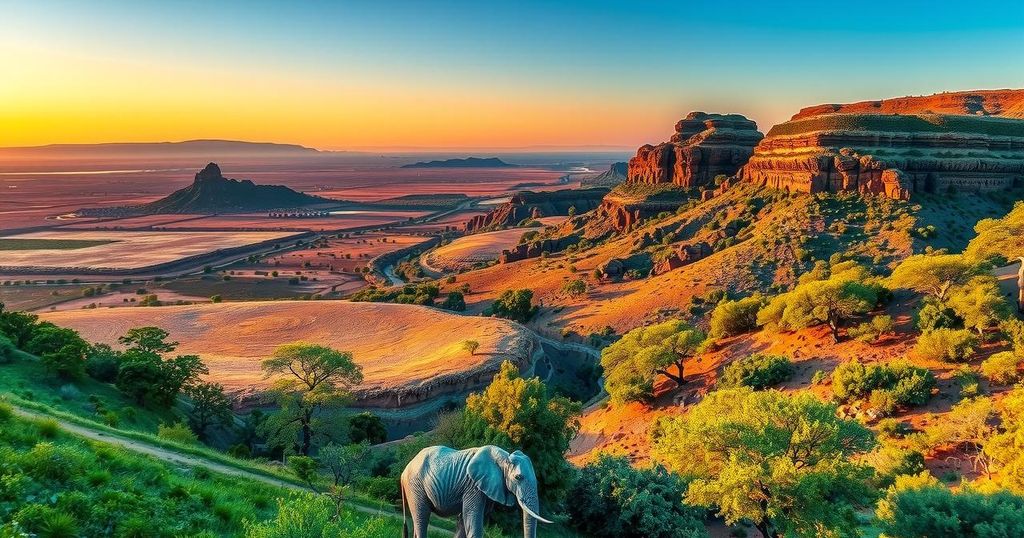Understanding Carbon Flux Variability in Southern Africa’s Ecosystems
Research led by Eva-Marie Metz from Heidelberg University analyzed CO₂ concentrations in southern Africa from satellite data, revealing that carbon flux variability is influenced by photosynthesis and precipitation. Seasonal changes in soil respiration were also noted. Accurate modeling of these processes is essential for predicting carbon dynamics in semiarid climates, with findings published in “Biogeosciences.”
In a recent study conducted by Eva-Marie Metz from Heidelberg University, along with her colleagues, satellite measurements from the GOSAT system were utilized to analyze CO₂ concentrations across southern Africa from 2009 to 2018. This research focused on understanding carbon flux variability and cycling within the region, notably in grasslands where carbon uptake through photosynthesis is primarily influenced by precipitation patterns. Furthermore, insights revealed that seasonal variability stems from soil respiration after rewetting due to the rainy season’s arrival.
The analysis draws attention to the essential role of satellite-derived flux data, indicating that accurately modeling these respiratory pulses is critical for predicting carbon dynamics in semiarid regions. These findings underscore the implications of environmental factors on carbon cycling, which is vital for constructing effective climate models and addressing global climate change challenges. The complete original study was published in “Biogeosciences, Volume 22, Pages 555–584 (2025).”
The study by Eva-Marie Metz and collaborators emphasizes the significant impact of annual and seasonal factors on carbon flux variability in southern African grasslands. By leveraging satellite data, the researchers have highlighted the necessity for precise modeling of soil respiration processes, particularly during seasonal changes. Their findings contribute to a better understanding of carbon dynamics and its implications for climate modeling in semiarid regions.
Original Source: www.nature.com




Post Comment